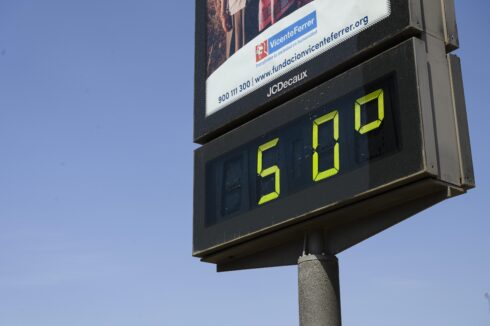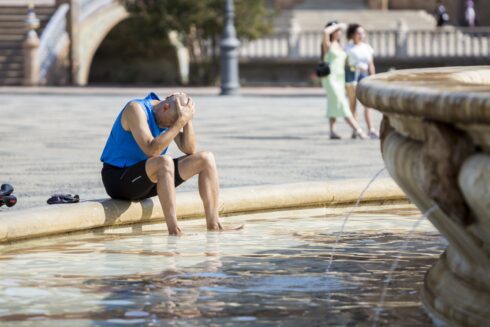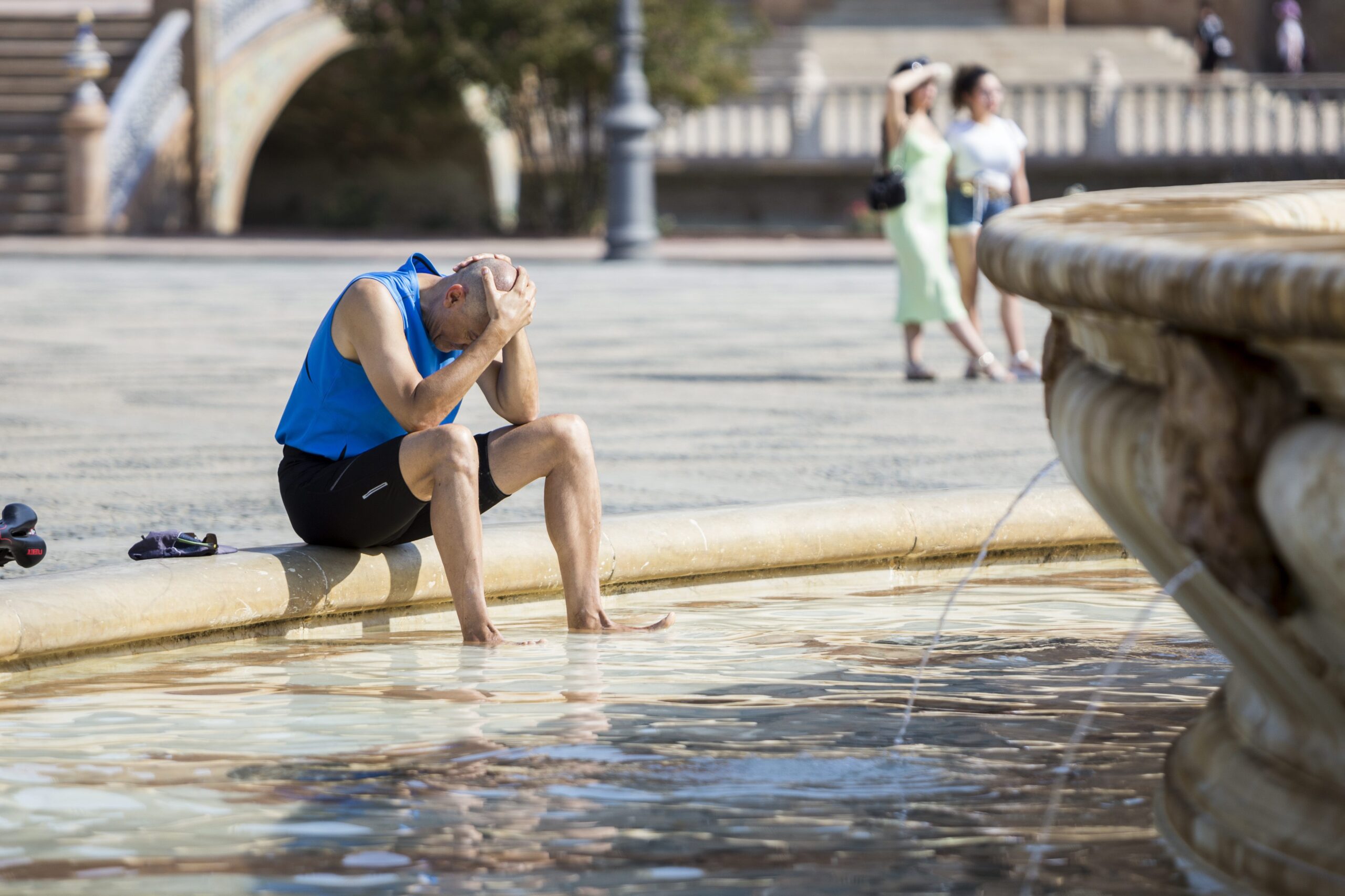A BRITISH tour guide has warned tourists against visiting this city in southern Spain due to blistering summertime temperatures.
It is a well established fact that Brits love a sunny summer holiday.
Every year, we flock to Spain, Italy and France with the hope of getting that all important tan.
But when does hot become too hot?

Photo: Cordon Press
According to one British tour guide living in a popular Spanish city, it’s about 45 C.
Fiona Watson, a Sevilla resident and veteran tour guide, has warned Brits against visiting in summer, saying it’s simply ‘too hot’.
While locals take refuge in air conditioned apartments during the day, they marvel at tourists traipsing about the city in the sweltering heat.
Known as the ‘frying pan of Spain’, Sevilla can reach highs of 45 C and just last weekend temperatures surpassed the 40 C mark.
This week, temperatures will continue to soar, with highs of 41 C on Thursday.
Anything above 40 C can make it difficult to maintain the body’s optimal temperature of 37 C, especially for the elderly or those with health issues.
While heat exhaustion does not pose a threat if you can cool down, heatstroke can be deadly.
That’s why in 2022 Sevilla launched a groundbreaking alert system to warn citizens of upcoming heatwaves.
It has proved a success, with the system’s inaugural heatwave coming soon after.

Photo: Cordon Press
Unlike locals, who take siestas and drink gazpacho by the gallon, tourists do not know how to handle the heat and many are seen splashing themselves with water from fountains or pressing cold Coke cans to their heads in desperation.
During the peak months of June to September, restaurants deploy water mists and umbrellas while even the winding alleyways are covered with shady material.
Watson, a former journalist and travel writer who moved to Sevilla in 2003 to host tapas tours, urged caution when interviewed by the Mirror.
She urged ‘staying in an air-conditioned room’ and ‘not going out at all’.
“I flew back from a trip to England 10 days ago and noticed there were no Spanish people on the train from the airport. I thought ‘have you any idea what you’re letting yourself in for. We (locals) ask ‘why do they come? Go to the beach. It is not a place to come in the summer.'”.
“It is great that we have tourists, but it is not a nice place for them to be in the summer. Hopefully they have a siesta in the sun.”
The tour guide described Sevillas as ‘being like an oven’, with most locals retreating to their homes in the afternoon heat, only to venture out once the sun has gone.
While the city is getting hotter and hotter, it hasn’t stopped the increasing visitor numbers.
Last year, 12.2 million international arrivals touched down in Andalucia, compared to 2019’s 12.02 million.
Ignoring the heat can be deadly in Spain, with more than 20,000 heat related deaths in the past eight years.
Due to this, the Spanish government has introduced tighter working standards to limit the amount of time employees can spend working outside following several high-profile cases, including that of a 60-year-old street cleaner who passed away on the streets of Vallecas, Madrid.
Instead, Fiona encouraged travellers to consider visiting in the cooler months, such as October.
She highlighted Sevilla as a ‘multicultural city’ and recommended visiting the Royal Alcazar, where part of Game of Thrones was filmed.









